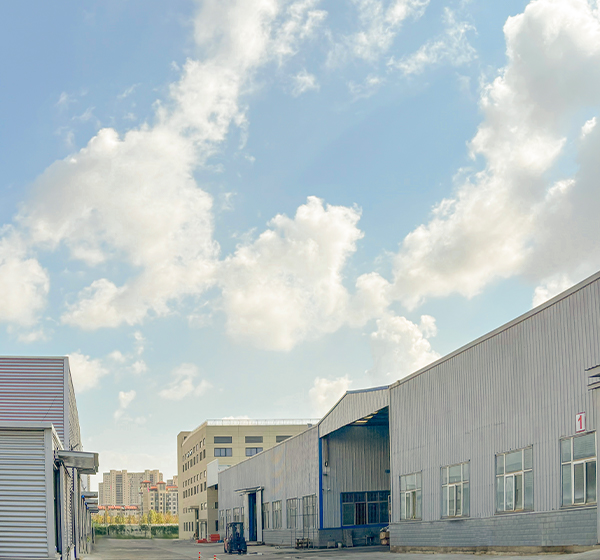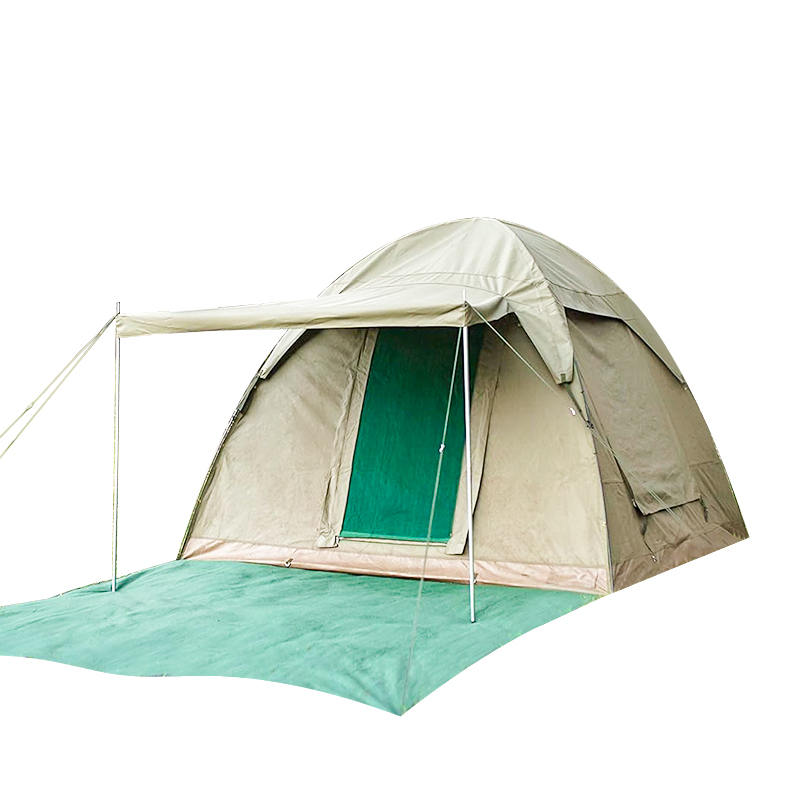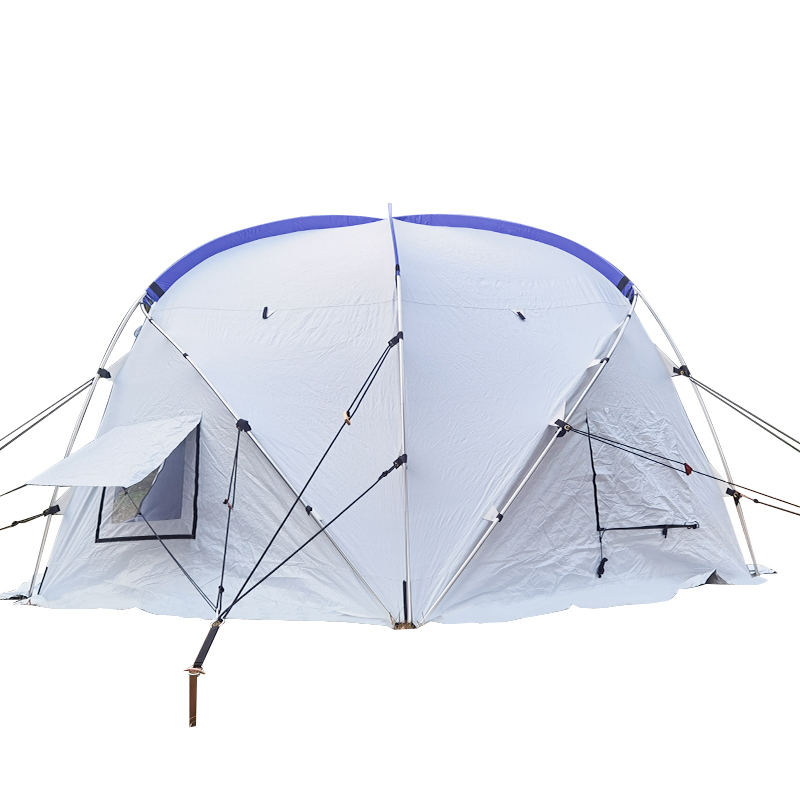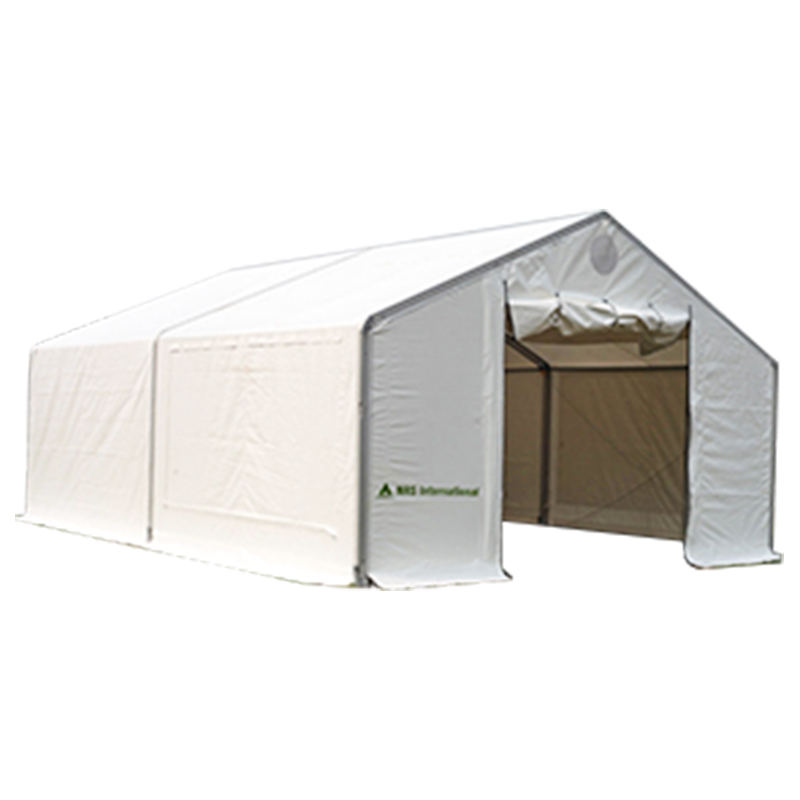-
 4x4m Traditional Pagoda Gazebo Weddings Party Marquee
4x4m Traditional Pagoda Gazebo Weddings Party MarqueeGazebo/ Pavilion Tent / Pagoda Tent
-
 5x6.8m Traditional Octagonal Pagoda Waterproof PVC Party Pavilion Gazebo Tent
5x6.8m Traditional Octagonal Pagoda Waterproof PVC Party Pavilion Gazebo TentGazebo/ Pavilion Tent / Pagoda Tent
-
 6x6m Traditional Octagonal Pagoda Gazebo Garden Marquee
6x6m Traditional Octagonal Pagoda Gazebo Garden MarqueeGazebo/ Pavilion Tent / Pagoda Tent
-
 6x6-2.3m Pagoda Marquee PVC Pop Up Canopy Tent
6x6-2.3m Pagoda Marquee PVC Pop Up Canopy TentGazebo/ Pavilion Tent / Pagoda Tent
-
 7x7-2.3m Heavy Duty Gazebo Pagoda Marquee Portable Pavilion Tent
7x7-2.3m Heavy Duty Gazebo Pagoda Marquee Portable Pavilion TentGazebo/ Pavilion Tent / Pagoda Tent
-
 4x8-2.3m Outdoor Double Peak Pagoda Party Marquee
4x8-2.3m Outdoor Double Peak Pagoda Party MarqueeGazebo/ Pavilion Tent / Pagoda Tent
Pavilion Ten/Pagoda Tent/Gazebo Manufacturers,
Products & Solutions
CONTACT US
-

+86 15695147631
-

-

No.9 Kangmin Road, Automobile industry Park, Yizheng City, Jiangsu Province, China
Gazebo tents are versatile outdoor structures that offer shelter and shade while creating a charming ambiance for various gatherings and events. With their open sides and roof, gazebo tents provide an inviting space for socializing, dining, or simply enjoying the outdoors.
Pavilion Tents are perfect for both luxury and large-scale events, offering a modern and striking visual appeal. They combine high-end design with durability, making them suitable for a wide range of outdoor events where comfort and style are paramount.
Pagoda tents have a particularly stylish look with their design based on Asian pagodas. These are characterized by a very striking, tower-like construction with a tapered roof. A pagoda tent also has this impressive design and is therefore the perfect location for weddings, company celebrations, anniversaries and much more. Compared to other types of tents, pagodas impress with their height and spacious interiors.
The stylish look is also complemented by simple and quick assembly as well as a highly stable design. If you want a unique event, pointed pagoda tent roofs provide an exotic backdrop making them an excellent choice.
These Tents are ideal for events such as:
Weddings: Their high peak design and optional clear vinyl tops create a stunning atmosphere filled with natural light, perfect for elegant ceremonies and receptions.
Corporate Events: These tents offer a professional, high-end setting for product launches, conferences, or corporate galas.
Luxury Celebrations: Perfect for birthday parties, charity events, or upscale galas that require a sophisticated and stylish environment.
Outdoor Events: Whether for a garden party or outdoor dinner, the pavilion’s versatile design allows guests to enjoy the surroundings while being shielded from the elements.

-

What Do Waterproof Ratings for Camping Backpacking Tents Actually Mean? Waterproof ratings (measured in millimeters, mm) quantify a tent’s ability to resist water penetration, based on standardized hydrostatic head testing. The rating represents the height of a water column the t...
READ MORE -

What core fabrics lay the foundation for windproof and waterproof relief tent? The windproof and waterproof performance of relief tent starts with the selection of core fabrics, which must withstand harsh natural conditions such as strong winds, heavy rains, and even hailstorms i...
READ MORE -

What Cost Advantages Make Warehouse Tents More Economical Than Traditional Warehouses? The core appeal of warehouse tents lies in their significant cost savings, which can reach up to 50% compared to traditional brick-and-mortar warehouses. First, the construction cost is far low...
READ MORE
1. Although Gazebo, Pavilion Tent, and Pagoda Tent all fall under the pavilion-style tent category, they differ in their structural form and target audience. What are the key differences between the three, and how can one choose the right one based on their intended use (e.g., courtyard leisure, park landscape, or outdoor gatherings)?
The key differences between the three lie in their "structural enclosure," "styling," and "scenarios." Gazebos (pavilion tents) are typically open or semi-open structures, with polygonal canopies such as hexagons and octagons. The frames are primarily made of wood or aluminum alloy, and their overall style is minimalist and casual. Their moderate size and versatile style make them ideal for private spaces like courtyards and terraces, perfect for daily cool-downs and small family gatherings. They blend naturally into the surrounding greenery without disrupting the tranquil atmosphere of a private garden. Pavilion tents offer a more structured structure, allowing for flexible designs with open or removable curtains. Their roofs are typically flat or gabled, offering a more spacious interior than gazebos. They provide both shade and shelter from the elements and are suitable for public events, making them suitable for park landscape installations and outdoor market stalls. They can accommodate large gatherings and are suitable for community events, small markets, and other public settings. Pagoda tents are distinguished by their multi-layered, tower-shaped roofs, exuding an exotic or retro feel. They are often open-plan, emphasizing visual appeal and creating a sense of atmosphere. They are particularly well-suited for scenic landscape decoration, themed camping festivals, cultural exhibitions, and other settings. Their unique tower-like shape creates a focal point and enhances the overall atmosphere of the event.
2.these pavilion tents often serve as both a "leisure and landscape" platform. What structural design features are required to ensure both functionality and aesthetics, without disrupting the harmony of the outdoor setting?
To ensure that these pavilion-style tents meet both functional and aesthetic requirements, they require targeted optimization in three areas: structural form, material selection, and detailed design. Structurally, a Gazebo should utilize a lightweight frame with a simple polygonal canopy, avoiding complex curves and creating a natural canopy curve that complements the leisure atmosphere of a courtyard. A Pavilion Tent can be designed with a regular frame and a flat or gabled roof, ensuring a spacious interior while maintaining a minimal canopy slope, preserving the clean, park-like feel of a market. A Pagoda Tent should emphasize the layered, tower-like structure, while maintaining a balanced proportion of each canopy layer to avoid exaggeration and complement the scenic tone of the area. In terms of material selection, the Gazebo prioritizes a wooden frame and a light-colored fabric canopy to enhance integration with the courtyard's greenery. The Pavilion Tent offers an optional aluminum alloy frame and a wear-resistant polyester canopy, balancing durability for public settings with a low visual impact. The Pagoda Tent can feature a metal frame and a canopy fabric with a texture reminiscent of antique architecture, echoing the cultural atmosphere of the scenic area. Design details for all three require attention: the canopy can be finished with translucent fabric to retain natural light; the bracket connectors can be concealed; and decorative accessories such as light hooks and drapes can be added to enhance the harmony with the outdoor setting without compromising usability, achieving a harmonious balance between practicality and aesthetics.
3. Outdoor leisure settings (such as courtyard afternoon tea, park picnics, and scenic area relaxation) place high demands on the comfort of pavilion-style tents. What optimizations should be made in the spatial layout and accessory configuration to enhance the user experience?
To meet the comfort requirements of different scenarios, differentiated optimizations in space and accessories are required. In terms of spatial layout, the Gazebo must fit the size of the courtyard, typically designed with a diameter of 3-5 meters, leaving ample space for one or two sets of casual tables and chairs to ensure a uncrowded family afternoon tea. The Pavilion Tent, intended for public use, must accommodate at least 8-10 people and can be designed in a rectangular or square shape, with two or three entrances and exits to facilitate access for park picnics and community events. The Pagoda Tent can feature a circular platform with circular seating, ideal for group gatherings and socializing during scenic breaks, fostering interaction. All three tents must offer sun and light rain protection. The Gazebo can be equipped with removable screen curtains to prevent mosquito infestation; the Pavilion Tent can be fitted with fabric curtains to block breezes or strong sunlight from the park. Pagoda Tents can also feature ventilation gaps between the multiple layers of the tent to prevent heat buildup during scenic breaks. In addition, all three tents feature built-in hooks for hanging outdoor lights and fans. The Gazebo can also be equipped with a small side table for storing drinks and books, enhancing leisure comfort.
4.Outdoor environments are subject to varying weather conditions, including sun, rain, and breezes. What enhancements are needed in the canopy fabric, frame protection, and waterproof details of these pavilion-style tents to ensure all-weather use?
To cope with outdoor weather variations, targeted enhancements are needed in the protective design. For the canopy fabric, all three tents must utilize dual-functional materials that offer both sun protection and waterproofing, with a UPF of at least 50+ to block strong UV rays. The Gazebo can be constructed from lightweight fabrics that balance breathability and sun protection, making it suitable for daily garden use. The Pavilion Tent should be constructed from durable polyester fabric to withstand frequent use in parks and markets. The Pagoda Tent can utilize a thicker coated fabric to enhance the multi-layer canopy's rain resistance. Regarding frame protection, if a Gazebo uses a wooden frame, it requires extensive corrosion and moth-proofing treatment to prevent rot caused by courtyard moisture. Pavilion Tents, which typically use aluminum alloy frames, require rust-proofing coating to protect against erosion by park rainwater. Pagoda Tents, whose metal frames require additional wear-resistant treatment, require detailed waterproofing to withstand frequent contact with scenic area visitors. Regarding waterproofing details, the joints of all three tents must be sealed. Gazebo tents can be designed with slightly drooping edges to prevent rainwater from dripping onto patio tables and chairs. Pavilion Tents can have drainage gutters installed along the flat edges to direct rainwater toward the park grounds. Pagoda Tents must provide drainage gaps between their multiple layers to prevent rainwater from accumulating between layers. This multi-faceted protection ensures all three tents are weatherproof.
5.Given the diverse ground conditions found in courtyards and scenic areas (e.g., concrete, lawn, cobblestone paths), what flexibility is required in the installation and fixing methods of these pavilion-style tents to adapt to different surface conditions without damaging the ground structure?
For various surfaces, a flexible fixing solution is required that avoids damage. For hard surfaces like concrete and flagstones, the Gazebo can be equipped with a water-filled or sandbag-type weighted base. Placed at the bottom of the concrete frame in the courtyard, it is secured by weight, eliminating the need for drilling. The Pavilion Tent can be equipped with a counterweighted base, adaptable to park flagstones and easy to move and adjust. Due to its multi-layered structure, the Pagoda Tent requires a more stable metal weighted base to ensure stability on hard surfaces in scenic areas. For soft surfaces like lawns, the Gazebo uses spiral-type sand-proof spikes for easy insertion into garden lawns and minimal damage. The Pavilion Tent can be equipped with wide-blade spikes to distribute pressure on park lawns, allowing for easy recovery after removal. The Pagoda Tent requires longer spikes that penetrate deeper into the lawn for enhanced wind resistance. Some tents can also be equipped with ground mats for lawn protection. All three models feature modular frames, requiring no complex tools. The Gazebo requires only two people to assemble, making it suitable for family use. The Pavilion Tent can be quickly set up by three people, making it ideal for park event planning. While the Pagoda Tent's structure is slightly more complex, its pre-assembled modules allow for quick installation, ensuring compatibility with varying surface conditions.
6.These pavilion-style tents may be placed outdoors for extended periods. What are the key points for daily maintenance and cleaning to maintain a clean appearance, structural stability, and extend their service life?
Pavilion tents that are placed outdoors for extended periods require specific maintenance depending on the type of tent. Frame Maintenance: The Gazebo's wooden frame requires an annual application of anti-corrosion paint to maintain its corrosion resistance in a garden environment. The Pavilion Tent's aluminum alloy frame requires regular inspection and a re-coat of anti-corrosion paint if rust is detected due to the park environment. The Pagoda Tent's metal frame connectors require monthly tightening to prevent loosening caused by contact with park personnel. Tent Maintenance: All three tent types require regular surface dust cleaning. For the Gazebo fabric tent, use a soft brush to remove fallen leaves in the garden; for the Pavilion Tent polyester tent, use water to rinse off dust in the park; and for the Pagoda Tent, clean each layer of the multi-layered tent layer to prevent dust accumulation. Cleaning and Maintenance: Avoid placing heavy objects such as flower pots on the Gazebo tent to prevent the fabric from deforming during garden use. For the Pavilion Tent, retract the curtains during windy weather to prevent damage from strong park winds. For the Pagoda Tent, clear snow from the scenic area in winter to prevent the multi-layered tent from collapsing under pressure. If the tent is damaged, all three tent types require prompt repair using specialized repair materials to prevent rainwater from seeping in and damaging the frame.
7. How does Yangzhou Mailenda Outdoor Products Co., Ltd. leverage its strengths in the production and supply of these pavilion-style tents to ensure their product's suitability for landscapes and reliability?
The company provides comprehensive quality assurance for the production and supply of these pavilion tents. On the production side, we are familiar with the material requirements of different products. For the Gazebo, we select high-quality wood and fabrics to suit courtyard settings; for the Pavilion Tent, we use highly wear-resistant aluminum alloy and polyester to meet the frequent use in parks and markets; and for the Pagoda Tent, we use high-strength metal frames and decorative fabrics to meet the landscape requirements of scenic spots. Advanced equipment such as automatic cutting machines and hot air seam sealing machines ensures precise cutting of the Gazebo canopy, sealed seams of the Pavilion Tent, and smooth splicing of the Pagoda Tent's multi-layered canopy, ensuring sun protection and waterproofing. Regarding quality control, we conduct corrosion tests on the Gazebo, load-bearing tests on the Pavilion Tent, and wind resistance tests on the Pagoda Tent, simulating their respective usage scenarios to ensure reliability. We also carefully control the appearance details, such as the grain of the Gazebo's wooden frame and the color uniformity of the Pagoda Tent's canopy, to ensure its suitability for landscape settings. On the supply side, we support customized services: the courtyard size of the Gazebo, the park-adaptable colors of the Pavilion Tent, and the scenic area decorative details of the Pagoda Tent can be adjusted according to customer needs. Relying on sufficient production capacity and an efficient supply chain, we can respond to orders quickly. Whether it is the Gazebo/Pavilion Tent/Pagoda Tent, they can all be delivered in a timely manner, providing reliable products for outdoor "leisure + landscape" needs.


 English
English 中文简体
中文简体 Español
Español 日本語
日本語 русский
русский عربى
عربى


